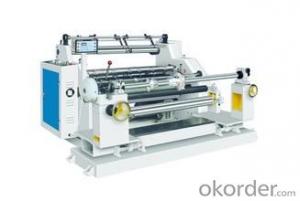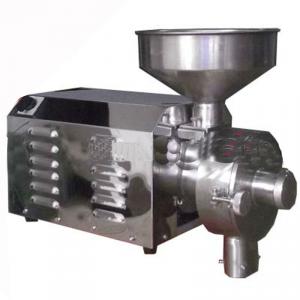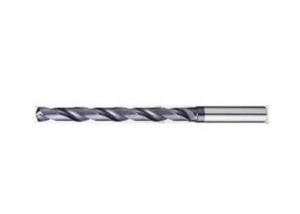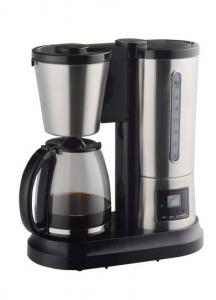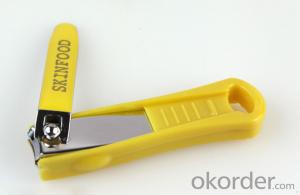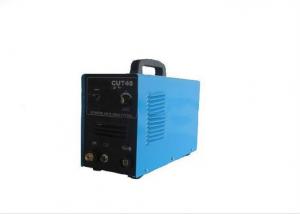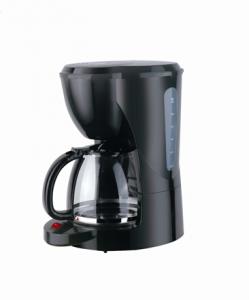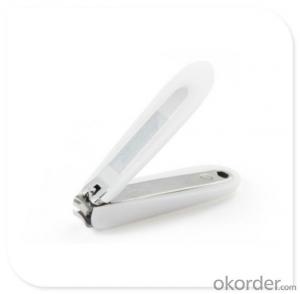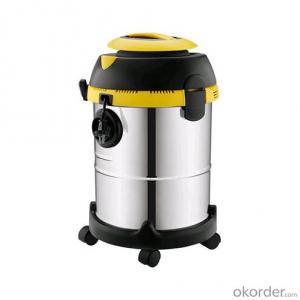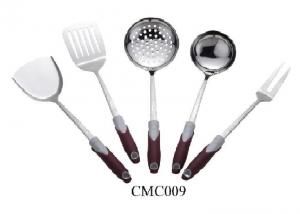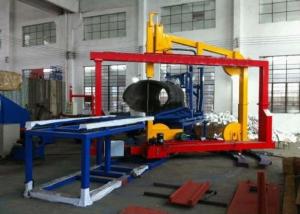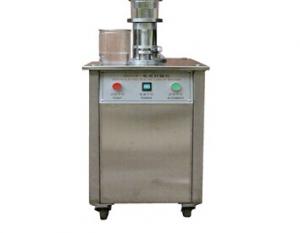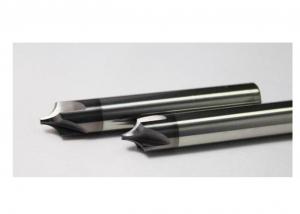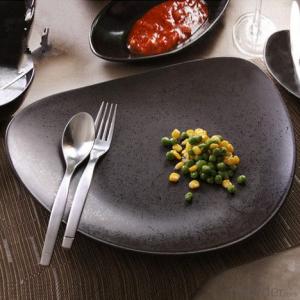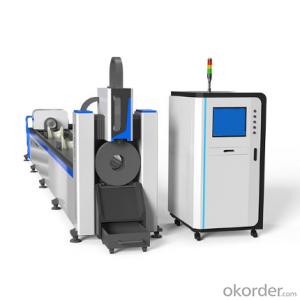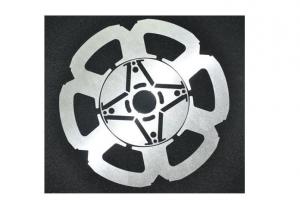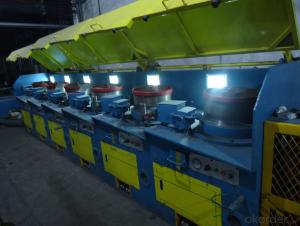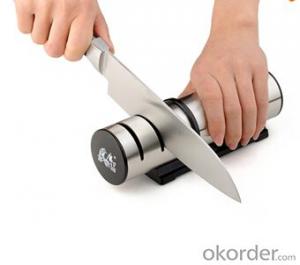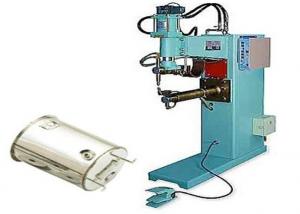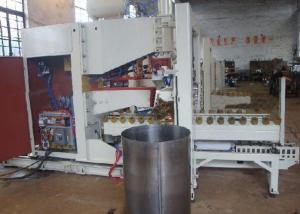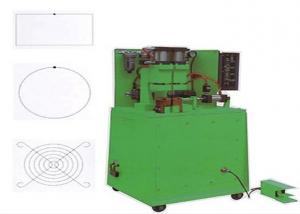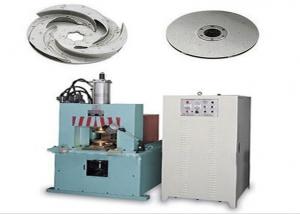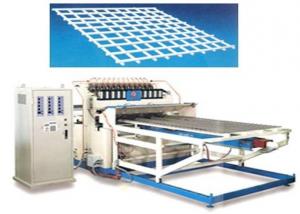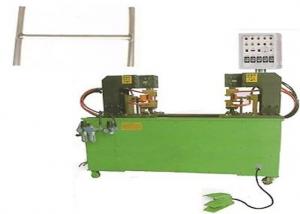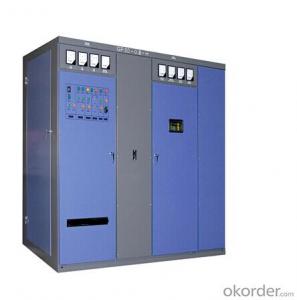Stainless Steel Tubing Cutter
Stainless Steel Tubing Cutter Related Searches
Stainless Steel Tube Cutter Stainless Steel Cutter Stainless Steel Pipe Cutter Stainless Steel Cutters Cut Stainless Steel Stainless Steel Tub Laser Cut Stainless Steel Stainless Steel Scissor Seamless Stainless Steel Tubing Stainless Steel Tubing Supplier Stainless Steel Tubs Stainless Steel Blender Stainless Steel Scraper Stainless Steel Grooming Tub Stainless Steel Tubing Bender Stainless Steel Coil Tubing Stainless Steel Tubeing Stainless Steel Tongue Scraper Stainless Steel Wash Tub Stainless Steel Laundry Tub Stainless Steel Scrubbing Stainless Steel Scissors Stainless Steel Beverage Tub Stainless Steel Bath Tub Stainless Steel Toaster Stainless Steel Toothpick Stainless Steel Hot Tub Stainless Steel Tools Stainless Steel Scrub Square Stainless Steel TubingStainless Steel Tubing Cutter Supplier & Manufacturer from China
Stainless Steel Tubing Cutter is a specialized tool designed to precisely cut stainless steel tubes, ensuring clean and accurate cuts for various industrial and construction applications. This product is engineered to provide users with a reliable and efficient means of cutting stainless steel tubing, which is essential in many industries where precision and durability are paramount.The Stainless Steel Tubing Cutter is widely used in scenarios such as plumbing, automotive, and HVAC systems, where stainless steel tubing is a common material for fluid transportation and structural support. Its ability to deliver clean, burr-free cuts makes it an indispensable tool for professionals who require high-quality results in their projects. Whether it's for repairing a leaky pipe or installing a new air conditioning system, this cutter ensures that the job is done right the first time.
Okorder.com is a reputable wholesale supplier of Stainless Steel Tubing Cutter, offering a vast inventory of this essential tool to meet the demands of various industries. With a commitment to quality and customer satisfaction, Okorder.com ensures that each Stainless Steel Tubing Cutter is manufactured to the highest standards, providing users with a reliable and efficient cutting solution for their stainless steel tubing needs.
Hot Products







